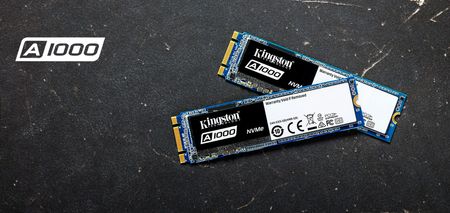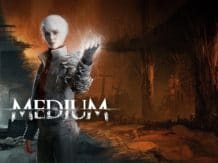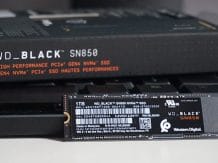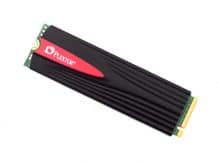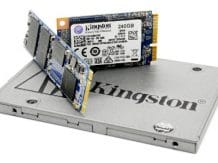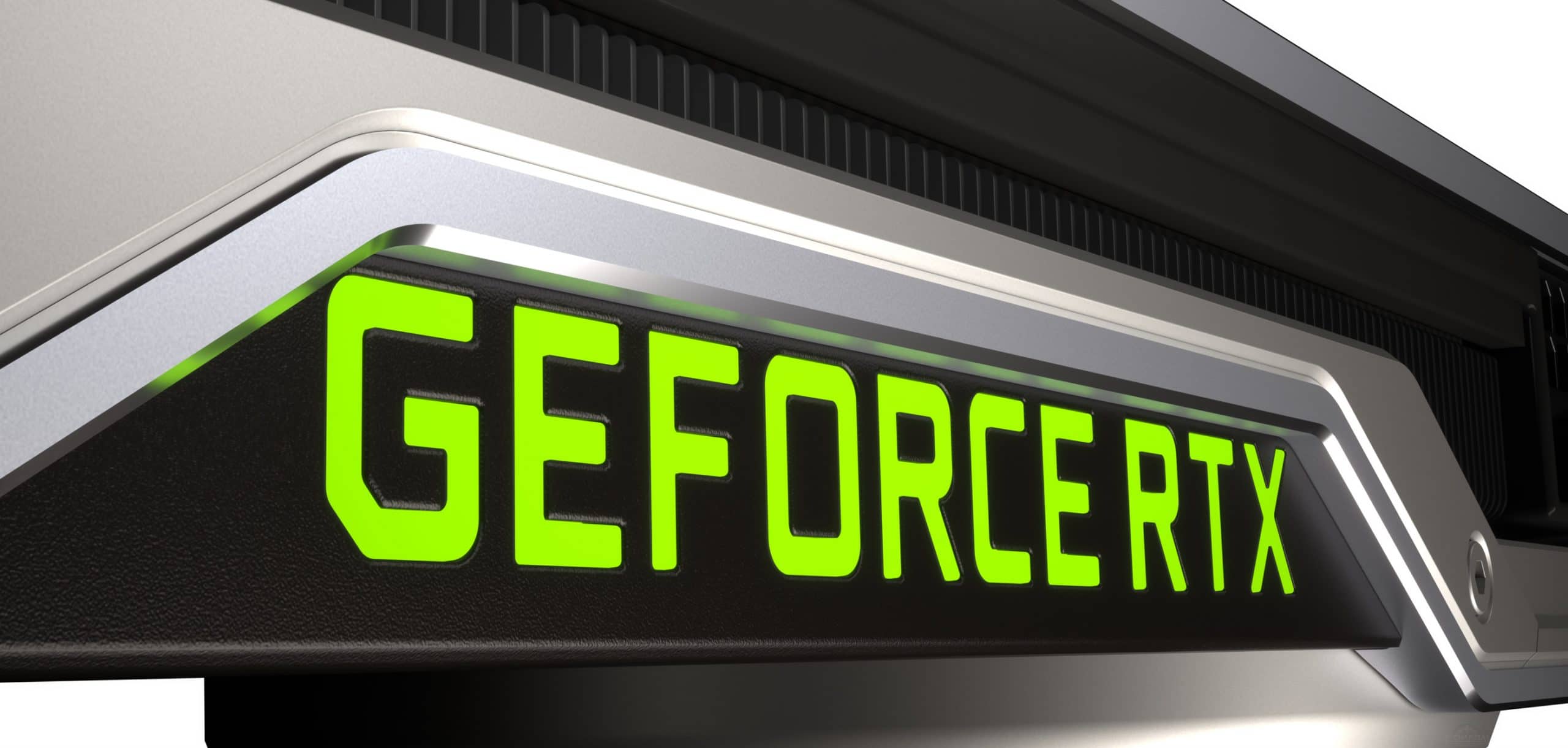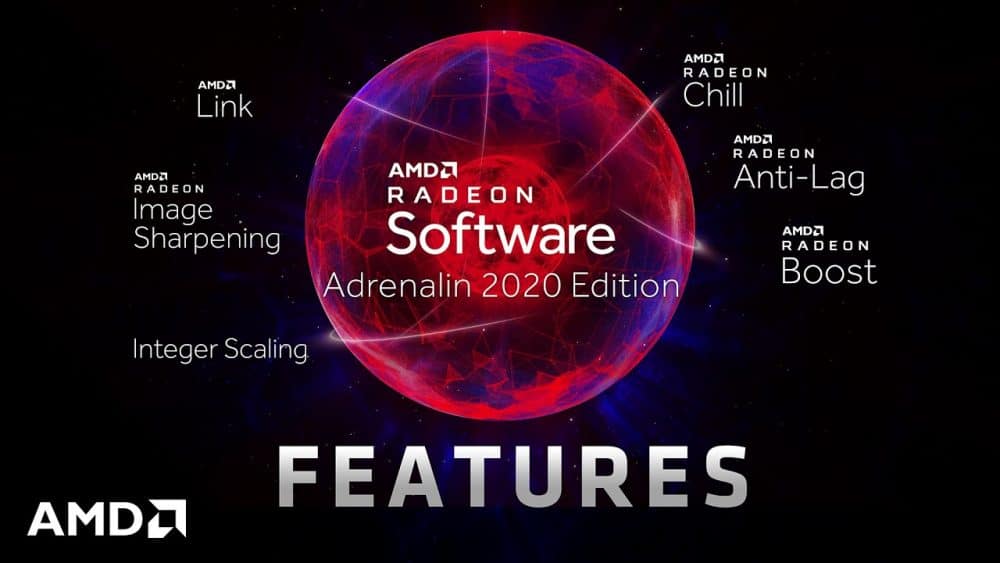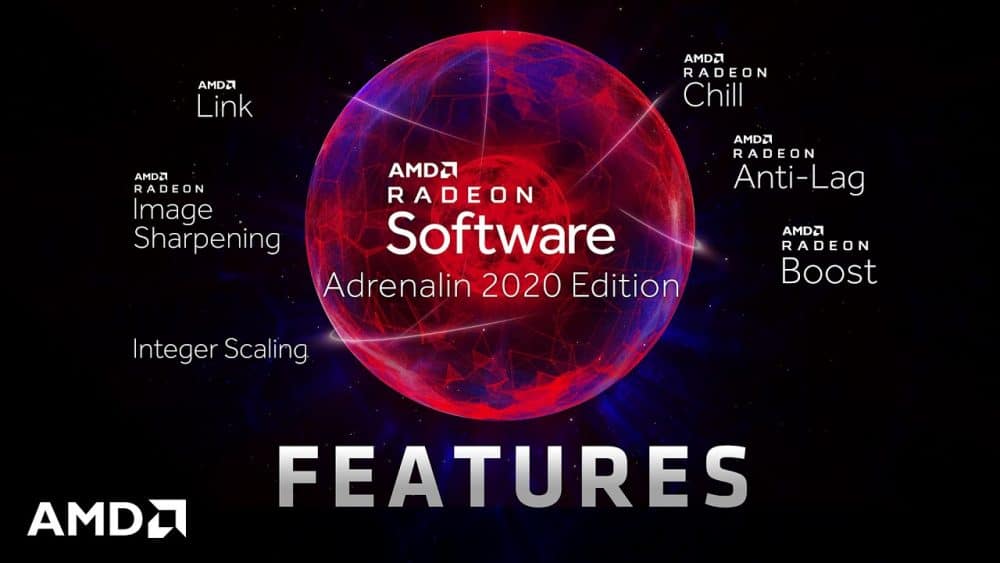Review of SSD-drive Kingston SSDNow A1000 480 GB (SA1000M8 / 480G): good budget NVMe SSD
– Today will will take a look at the Specs, Hashrate, CPU performance and also a testing of this SSD Drive. We will go into more details as it regards to the testing in the article below.
The first trends that PCI-Express solid-state drives will soon become a mass phenomenon have been outlined a fair amount of time ago. And no wonder: the speeds declared in advertising materials must be constantly increased, and the capabilities of the third version of SATA in this regard have long been exhausted. However, the manufacturers’ plans were corrected by the shortage of flash memory, which happened some time ago, as a result of which the former were forced to send all flash memory to the SATA SSD. Now the deficit is gradually disappearing, and the PCI-Express NVMe fever is gaining momentum at the same rate – companies are actively replenishing their product ranges with such drives.
It is clear that the situation with hardware platforms for PCIe SSDs is similar to SATA SSDs: there are only five solutions on the market – Intel, Samsung, Marvell, Silicon Motion and Phison. The first two use their designs only for their own SSDs. The third and fourth are ready to cooperate.
And only the fifth one (working in tandem with PTI) offers everyone ready-made solutions on the principle of “glue a sticker with your own trademark and sell” – the most convenient option for small companies that do not have their own production facilities and engineering resources. A week ago we got acquainted with the new revision of the Phison E7 controller. But this is still a full-fledged solution of the upper segment, and for the budget class the company has prepared a simpler and cheaper controller – Phison E8. And it was brought to mind as long as E7: its official debut took place at CES 2017, but in fact, new items on it began to be released only now. One of the first such SSDs was the Kingston A1000, which we will look at today.
-14000р на RTX 3060 ASUS Dual
RTX 3060 MSI Gaming – a drain for a penny
RTX 3070 cheapest and all at Compeo.ru
-15000р на RTX 3060 MSI Ventus
Prices for video cards went down steeply
-14000р на RTX 3060 Gigabyte Eagle
Another top vidyaha with a mega discount
RTX 3060 – prices have gone down
First-hand Z590 motherboards at very good prices
RTX 3060 12Gb in XPERT.RU – be in time 🙂
Galaxy S20 family price crash 25% discount
RTX 3070 at XPERT.RU at the lowest prices
Lots of RTX 3090 in XPERT.RU
Kingston SSDNow A1000 (SA1000M8/480G)
The official debut of the drives took place on April 3, 2018. Users are offered a solution of the M.2 2280 form factor with volumes of 240, 480 and 960 GB.
Claimed up to 1500 MB / s for reading and from 800 to 1000 MB / s for writing, the performance level for small-block read operations with random access is from 100 to 120 thousand IOPS on reading and from 80 to 100 thousand IOPS on writing. The declared resource is 150, 300 and 600 TB of recorded data, depending on the volume of the drive.
The proprietary warranty is five years (and it must be emphasized that the warranty is proprietary: in case of problems with the store, you can contact the Russian representative office of Kingston directly and the drive will be exchanged if it was officially imported into Russia or there are documents for its purchase).
Packaging and equipment

Kingston A1000 comes in a simple plastic blister with an information booklet and a license key card for Acronis True Image HD backup software.
Visual inspection

The drive is made on a printed circuit board with one-sided assembly of elements that are hidden under a simple paper label.
Unusually for Kingston, the A1000 is completely identical to the Phison reference design. Kingston engineers didn’t make any changes this time; all that the company has brought is the use of DRAM and NAND chips of its own “cutting”.
The Phison E8, made according to the 40 nm process technology, communicates with the system via two PCI-Express 3.0 lanes and is available in two versions.
The older one is made in the form of a 324-pin TFBGA crystal with an external DRAM buffer and allows the construction of drives with a capacity of up to 2 TB. The younger, slower and cheaper version is made in the form of a 252-pin TFBGA crystal without support for an external DRAM buffer (some memory is built into the controller) and a maximum flash memory of 1 TB – the so-called “DRAM-less”, denoted as ” E8T “. The Kingston A1000 uses the former.


- Kingston FB12808UCT1-32 – Toshiba BiCS 256 Гбит TLC 3D V-NAND;
- Kingston D2516EC4BXGGB – 512 MB DDR3L (most likely Nanya).
Why do microcircuits have their own markings? The reason is simple – savings: the purchase of memory in the form of industrial silicon wafers, their own cutting and packaging of the resulting crystals are cheaper than buying finished products. The fact is that assuming other percentages of broken cells, levels of operating voltages and other things, the assembler can change in his favor the percentage ratio between the shares of finished products and scrap, reaching a lower cost of finished products. Typical reception for those manufacturers who have their own production facilities – ADATA, Kingston, Transcend, PTI and others.
The flash memory array is composed of four microcircuits, each of which contains four Toshiba BiCS 256 Gbit TLC 3D V-NAND crystals with a capacity of 256 Gbit each. The total amount of flash memory array is 512 GB. Part of it is standardly allocated to a hidden reserve, and the volume itself is indicated in decimal system (to indicate the volume, 1 GB is used equal to 1,000,000,000, and not 1,073,741,824 bytes). Therefore, in reality, only 447.13 GB is available to the user, the remaining volume of the controller’s firmware operates for service purposes: to increase the speed of the drive, in order to level out wear, as a reserve pool to replace failed memory cells and other service needs.
The problem with many PCIe controllers, including Phison, is the limited performance level on simple workloads, when there are no multiple threads or large request queue depths. Something that is easy to parallelize. And Phison E8 is no different here:

In “synthetics” we can easily get up to 1.6 GB / s, but in a typical home PC load, where the queue depth rarely exceeds 2-4, the speed will be more “mundane”. And on a simple copying of files using the Windows OS, it will even be in the region of 1 GB / s.
Interestingly enough, Phison E8 retains an unusual processing of data blocks consisting of different types of data, originally from the old SATA controllers such as Phison S8.


From left to right: random data, stream of zeros, stream of ones.
The effect is not so pronounced, but it is present.
Software part
Officially, the Kingston A1000 drive is not accompanied by a driver (unlike, for example, Samsung solutions), but there is a need for some manipulations: you need to disable clearing the write buffer by checking the corresponding checkbox in the drive properties (“Control Panel” >> “Hardware Manager”).
After that, the performance will increase – somewhere weak, somewhere strong:



There are 15 parameters in the drive’s SMART:
- 01 – Critical Warning — critical errors in the drive (depending on the value, the nature of the failure is determined);
- 02 – Composite Temperature – critical temperature of the drive (?);
- 03 – Available Spare – the current remaining volume of the spare area used to replace the failed memory cells;
- 04 – Available Spare Threshold – theoretically, this is the value of the Available Spare parameter, upon reaching which the state of the device is considered critical, but here, for some reason, it is indicated as 100%, which is incorrect;
- 05 – Percentage Used – the level of drive wear as a percentage (from zero);
- 06 – Data Units Read – the number of data blocks read from the flash memory array (one block corresponds to 512 bytes of data);
- 07 – Data Units Written – the number of data blocks written to the flash memory array (one block corresponds to 512 bytes of data);
- 08 – Host Read Commands — the number of data read operations performed via the SATA interface (a change by one corresponds to 1 MB of data);
- 09 – Host Write Commands — the number of data write operations performed via the SATA interface (a change by one corresponds to 1 MB of data);
- 0A – Controller Busy Time – time in minutes during which the controller was busy serving requests from the system;
- 0B – Power Cycles – number of inclusions;
- 0С – Power On Hours – the number of hours during which the drive was powered;
- 0D – Unsafe Shutdowns – number of unexpected power outages;
- OE and 0F are the number of data integrity errors.
Formally, for servicing Kingston drives on the website of this company, you can find a specialized application Kingston SSD Manager, …
… however, the KSM version published at the time of this writing did not recognize the drive under test.





